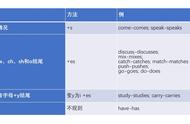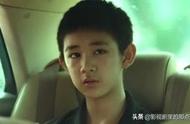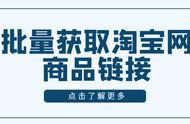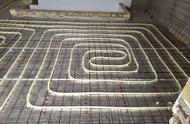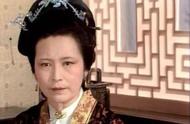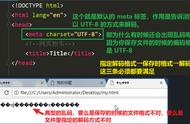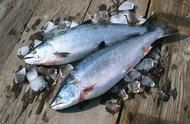一般现在时的形式
一般现在时指的是包括现在在内的一段时间里经常发生的动作或存在的状态。动词be的一般现在时形式有am, is, are 三种,have 有has, have 两种,具体情况由主语的人称和数决定。其他动词的一般现在时通常用动词原形表示,但当主语为第三人称单数时词尾要加-s或-es。
I study medicine.
You study literature.
He studies music.
动词的第三人称形式变化规则
1. 一般在词尾直接加-s
work-works take-takes want-wants read-reads
2. 以o, s, x, ch, sh结尾的词后加-es
go-goes do-does toss-tosses miss-misses teach-teaches finish-finishes
wish-wishes fix-fixes
3. 以辅音字母 y结尾的,变y 为i es
study-studies carry-carries try-tries cry-cries

一般现在时的用法
1. 表示经常或反复发生的习惯性动作或现在存在的状态,常与“经常”“每天”“总是”等时间状语连用。
He often gets up early.
He usually runs in the morning.
2. 表示主语的特征、性格等。
He is a dentist.
He is very fond of swimming.
3. 表示客观的事实、普遍真理、自然现象或用于名言警句。
The earth moves round the sun.
Summer comes after spring.
4. 在时间和条件状语从句中, 用一般现在时表示将来的动作或状态。
When the delegation comes, we shall discuss the problem.
If the rain stops, we shall go out for a walk.
5. 表示按时间表、计划、规定或安排将要发生的动作或状态。
通常用于表示位置移动的动词,例如,come, go, leave, arrive, start, begin, take off, set off等, 其一般现在时可表示将来的意义。
She leaves for America tomorrow.
School begins the day after tomorrow.
